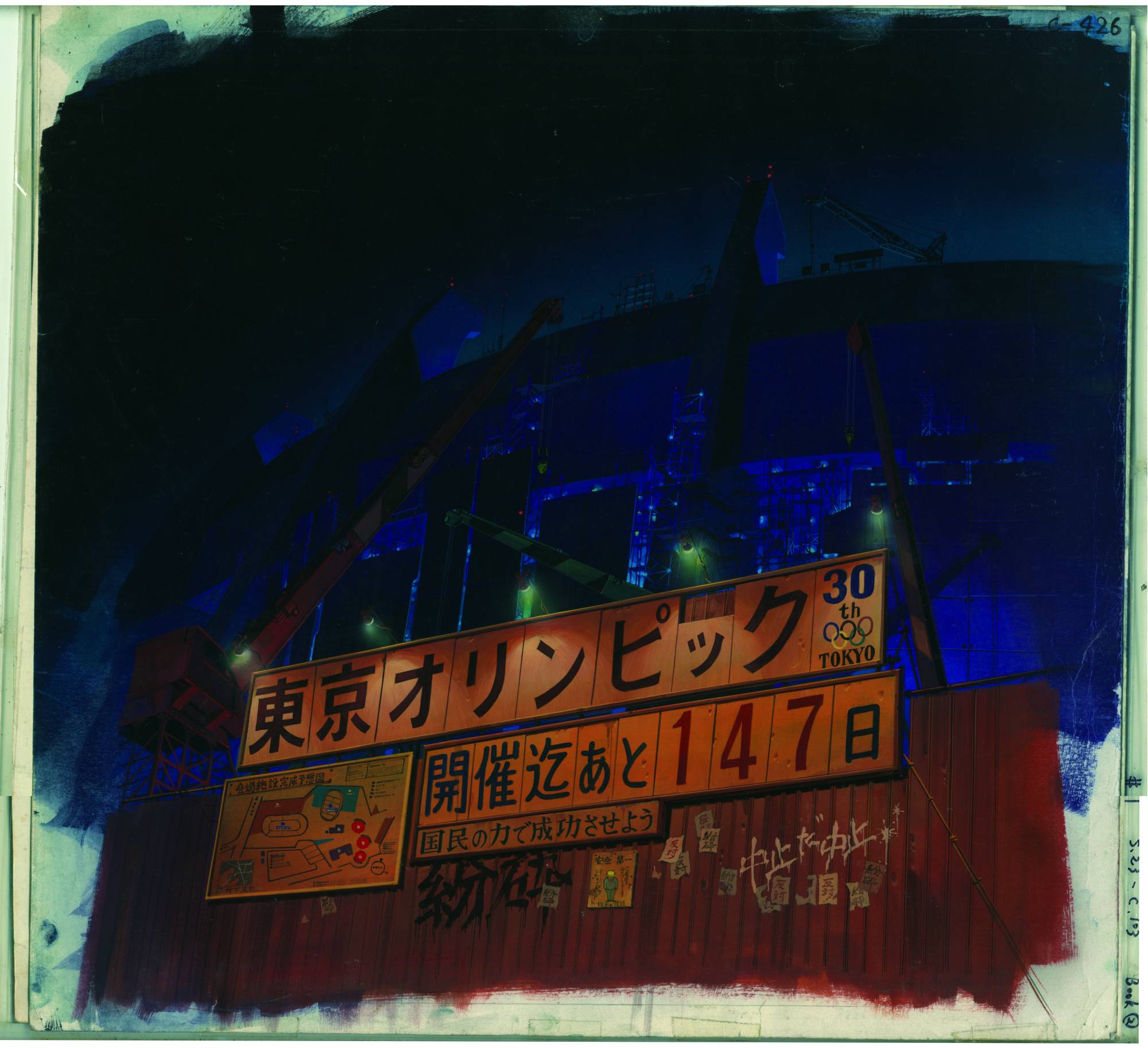If you were to pick out the areas in which anime excels, building immersive new worlds would certainly be near the top of the list — just think of the fantastical settings of Studio Ghibli movies, such as the mysterious bathhouse in 2001’s “Spirited Away,” or the overwhelming sense of entropy that emanates from the urban fabric of Neo-Tokyo in 1988’s “Akira.”
The painstaking work put into the backgrounds of those films is as crucial as the character outlines and musical scores, yet, by design, there is rarely much focus on them, either by the artists or the viewers. Aiming to change that is Stefan Riekeles’ recently released book titled “Anime Architecture: Imagined Worlds and Endless Megacities.” In it, the Berlin-based author puts a spotlight on the artwork that informs the ambience of franchises such as “Neon Genesis Evangelion,” “Patlabor” and the aforementioned “Akira.”


















With your current subscription plan you can comment on stories. However, before writing your first comment, please create a display name in the Profile section of your subscriber account page.